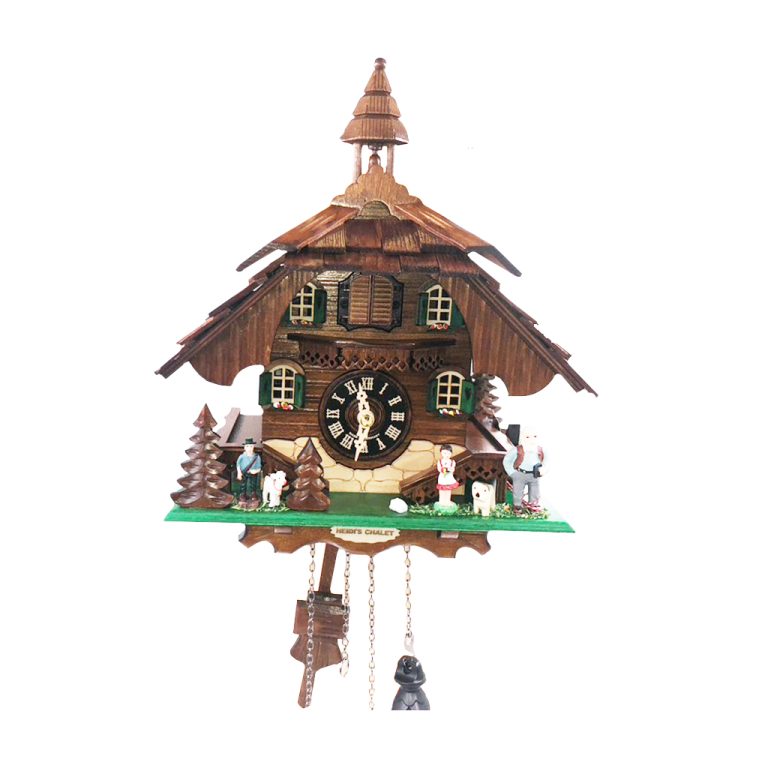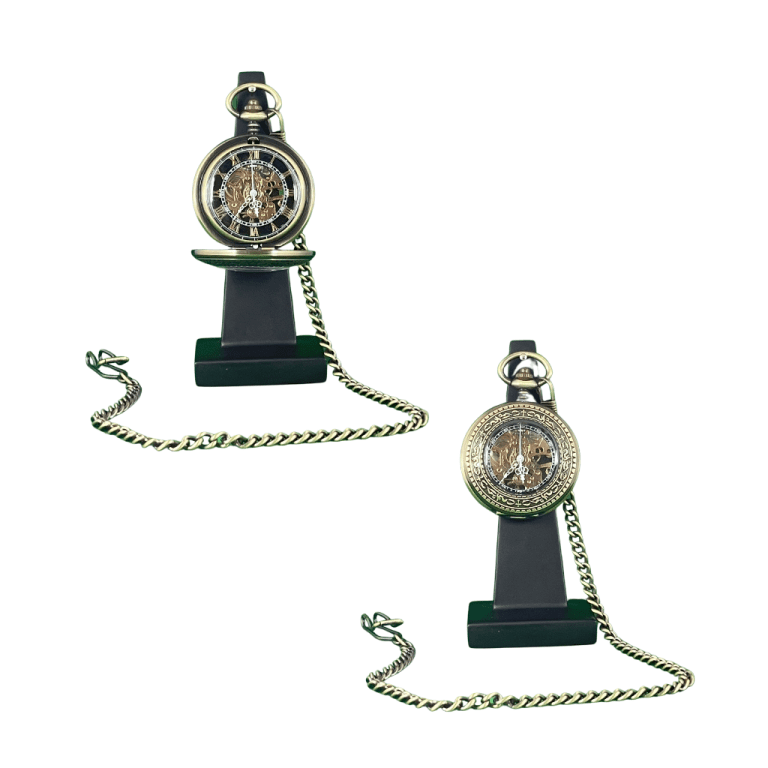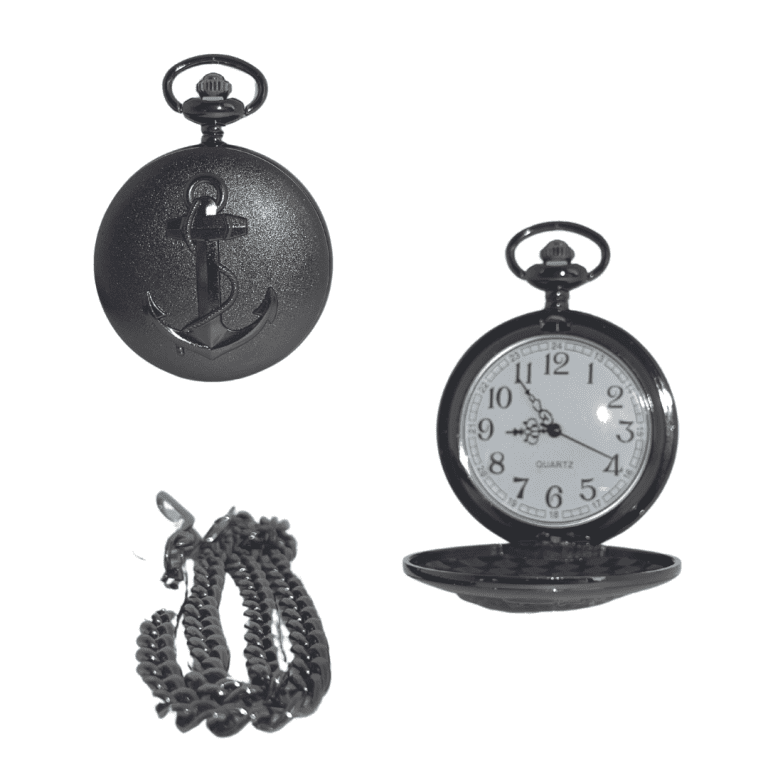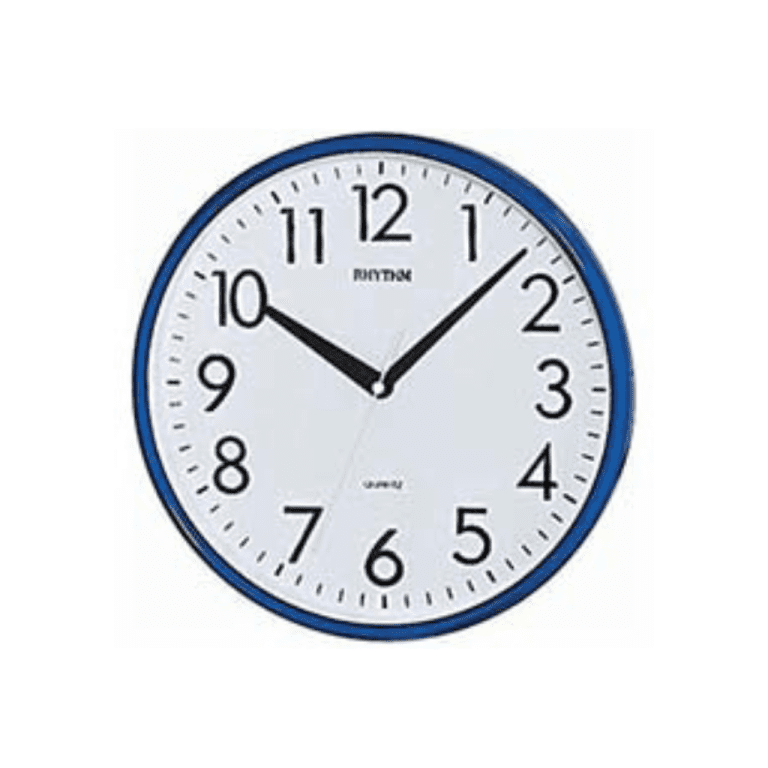Why cuckoo clocks? Are they still popular?
Time flies. Time travel. Time to go. What time is it?
Have you ever thought about the origin of time? When did we start to care about time and why? When was the sun no longer good enough to tell time?
“You can explain how time is measured when you understand how a cuckoo clock works,” explained Reinhard Herr.
For me the best kind of travel is the kind where you learn something. While on my Made in Germany road trip, I was able to learn about the origins of many products that I had a lifetime of exposure to, but never knew why. My journey started with the cuckoo clock.
The Herr family knows a lot about time, as the Herr’s have been making cuckoo clocks from the Black Forest in Germany for 5 generations. There’s something magical about cuckoo clocks, they have survived the test of time for hundreds of years and are still in demand. In a time when people hardly even wear watches any longer thanks to the invention of the smart phone, somehow the pure mechanical cuckoo clock is still around and cherished in many homes.
I remember my childhood home’s cuckoo clock that my dad was always tinkering with. My grandparent’s farmhouse also had a cuckoo clock, it was always there, in the background keeping us in sync and moving us along through the day. I never really understood what the fascination was with cuckoo clocks until I walked into the Hubert Herr factory in the Black Forest town of Triberg Germany.
The Hubert Herr factory is the only Black Forest Cuckoo Clocks factory to manufacture the movements, cases, and carvings all on site. Each Herr cuckoo clock is made of solid wood and crafted by hand. As Reinhard showed me around the old building, he reminisced on what it was like to grow up in this house. This was his grandparent’s house and it always also served as the workshop. Now thirty people fill the back rooms doing all work by hand.
History of Black Forest Cuckoo Clocks
As early as 1640, clocks were being made, in those days all with wooden wheels and only an hour hand. In 1738 Franz Ketterer came up with the idea to have a cuckoo sound. His original dream was to have a rooster sound, but quickly realized that recreating the complex notes of a rooster was a big challenge, so he settled on the two toned cuckoo.
The cuckoo clock was a ‘toy’ for the rich, it wasn’t until 100 years later that it became mainstream. Robert Gerwig, a local Black Forest railroad worker founded the first Clock Maker School in the Black Forest. His goal was to standardize the design of the clock so that they could be made in mass/industrialized and costs brought down. In addition, he wanted to create jobs for locals in a rather economically depressed area. They used a track walker house design, modeled after the track houses on the local railroad line, which is the design of all cuckoo clocks today.
Once the cuckoo clock was industrialized, and they could make more of them, the price went down, they sold more, more people had jobs, and more people actually needed clocks now because they had to get to their jobs on time. It was a weird sort of incestuous supply/demand. I always hated economics in school, but I found this tidbit of information fascinating! Until the industrial revolution, precise time was sort of irrelevant.
Cuckoo Clocks Made By Hand
It takes years to become a master carver for the Herr’s. The Hubert Herr clocks are made of Linden wood, a leaf tree growing on the slopes of the Black Forest. For a traditional hunting scene clock, depicting a shotgun and slain wild game, a master carver needs 12 to 13 days before the entirely handmade product is complete.
Hand carving of the original Black Forest designs.
I walked into the testing room there were rows and rows of clocks hanging on the wall; each one ticking. Suddenly one clock in the back row would cuckoo and then a second later 2 rows away another would strike; surround sound cuckoo’s. I felt as if I had entered Santa’s workshop and I was going to be viewing elves making clocks!
This was the testing room where the guts of the clocks were installed and then the finished product was hung on the wall for a few weeks for testing. Two people were working in this area as I walked through with Reinhard. I asked if the constant noise bothered them, but they said it was actually soothing. I closed my eyes and just listened. Tick tock, tick tock, tick tock; I get it.
Changing Times
Over the years the standard track walker house foundation has remained, but what gets put on the façade has changed. You have a traditional Black Forest house design, which normally highlights all of the animals and plants of the region and has a simple cuckoo sound. And you have the Swiss/Barvaian Chalet design which can be more intricate with moving figurines (beer drinkers & Bavarian dancers) coming out when the clock strikes the hour. These normally have some sort of music box associated with them too in addition to the cuckoo.
Even though various parts have been modernized for today’s clock buyers, the tradition of handmade is still alive. All of the clocks were equipped with a mechanical movement and iron cast weights in a pine-cone shape. These pine-cone weights and bellows are what create the cuckoo sound, just as they did nearly 300 years ago.
I walked through the showroom and was mesmerized by all of the different styles and sizes. And strangely, I found myself wanting one of my own. I had been caught up in the nostalgia of the clocks and imagined getting a tiny cuckoo clock for my future tiny home.
Why do People Love Cuckoos?
But the real question that danced though my head while looking at all of these clocks was, “Why cuckoo clocks?” After the invention of electricity, we don’t really need cuckoos to tell time any longer, yet they live on.
The cuckoo clock has changed minimally since its beginnings; not many products have this kind of staying power through centuries.
After spending the afternoon learning about the history and tradition, it became clear to me. Cuckoo clocks transcended time and now exist because they remind us of time; a time in our childhoods, a time when things were simple, a time when people made things by hand, a time when things were not measured by milliseconds or minutes, but hours.The clocks reminded me of my time growing up; my childhood home, my grandparent’s farm, my grandfather’s musky smell as he came in from the fields with a cigarette in his mouth winding the clock before super, my father fiddling with the cuckoo clock trying to keep it going well past it’s lifetime, and they keep memories alive. Cuckoo clocks represent the memories of time gone by.
Credited to:eblogtheworld.com














